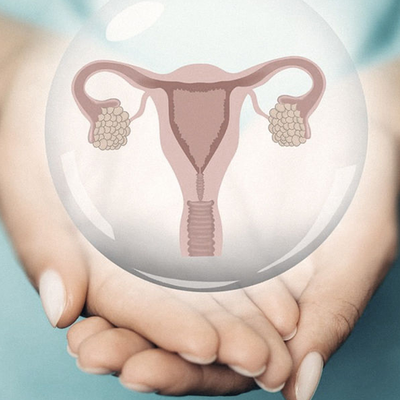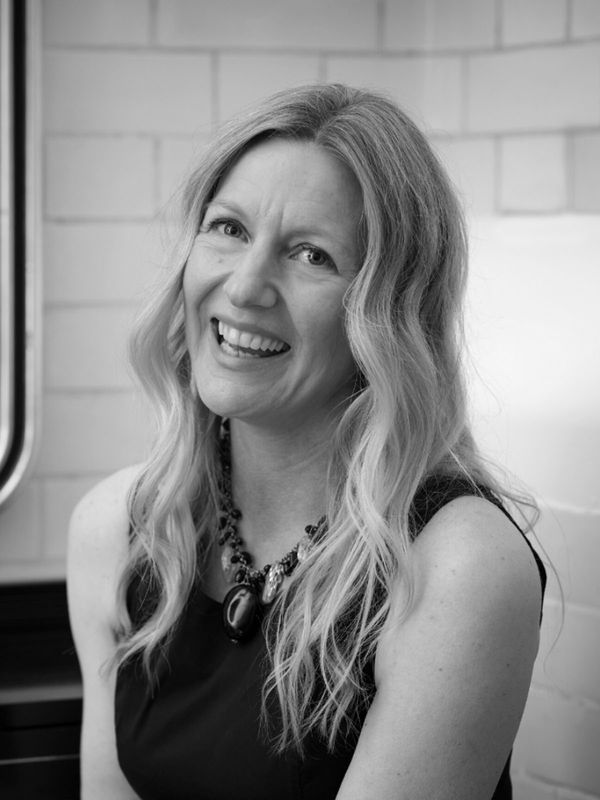
Fibroids 101: From Symptoms To Treatments
First, what exactly are fibroids?
Fibroids are hard lumps of overgrown muscle and connective tissue that form in the womb. As obstetrician and gynaecologist Dr Tara Hughes explains, “The uterus – or womb – is essentially a muscle designed to carry a baby and push it out at birth. Fibroids, medically known as leiomyomas, are excessive growths of this muscle in the womb. Although they are technically tumours, they are benign and not dangerous to health.” The NHS estimates that around one in three women will have fibroids at some point in their life and, of these, around a third will have symptoms. “Fibroids tend to be more common with age and occur more in black women,” Tara says. “By the age of 50, more than 80% of black women and around 70% of white women are likely to have a fibroid. However, it’s not uncommon for women to have a problem with a fibroid as early as their 30s.”
Are there different types?
As Tara tells us, there are various types of fibroid, and they’re given different names according to where they are. Intramural fibroids develop inside the wall of the womb; subserosal fibroids grow on the outer wall; and submucosal fibroids develop inside the lining of the womb and can push into the womb cavity.
Is there a link between cancer and fibroids?
No. Having fibroids does not mean you are at an increased risk of any gynaecological cancer or other type of cancer, says Tara. “It’s extremely rare (0.2%), but the benign cells inside a fibroid can undergo a malignant transformation to become cancerous. This is more likely in older women who have multiple or rapidly growing fibroids.”
So why might you get one?
The actual cause of fibroids is unknown, but it’s believed they are linked to the hormone oestrogen. Fibroids tend to develop in women during childbearing years, and tend to shrink after the menopause, when oestrogen levels are low.
What are the symptoms you should be looking out for?
“For the vast majority of women, fibroids are completely asymptomatic, and most women will never even know they have one,” says Tara, who adds that a pregnancy scan is often the first time a woman will find out if she has one. “For women who do have symptoms, it usually depends on the type of fibroid they have. Fibroids in the cavity of the womb can cause heavier periods because they affect a larger surface area in the lining of the womb which then causes a greater amount of bleeding during menstruation. When fibroids are on the outer surface of the womb, they can sometimes put pressure on nearby organs such as the bladder leading to an urgency and frequency of needing to pass urine. Sometimes fibroids can grow very large in the womb, almost making a woman seem to have a pregnant abdomen.”
If a fibroid is found at a pregnancy scan, can this complicate your pregnancy?
Most pregnancies aren’t affected by having a fibroid, but if your fibroid is larger or towards the lower part of your womb, you may be asked to see an obstetrician. “Just as fibroids can cause heavier periods, they can also trigger increased bleeding after your baby is born,” advises Tara. “If this is the case, you may be advised to deliver on a labour ward rather than at home or in a birth centre, and to have an ‘active third stage’, i.e. an injection to help deliver the placenta after the baby is born. Sometimes, the fibroid can cause the baby to be in an awkward position so that a natural birth isn’t possible – in these cases, a caesarean is recommended.”
Can a fibroid impact your fertility?
Having a fibroid is also unlikely to affect fertility. “There’s nothing stopping you from trying to conceive naturally if you have a fibroid and you don’t need treatment before you start trying,” says Tara. “That said, fibroids that occupy a large area of the womb cavity where a pregnancy would normally implant may impair fertility.” If you have a known fibroid and have been trying to get pregnant for more than six months, Tara recommends getting a referral to a gynaecologist to check whether the fibroid is impacting your fertility and to discuss treatment options.
Do fibroids always require treatment?
Treatment is rarely necessary for fibroids, says Tara, as most women with fibroids don’t have symptoms. Often, the first you know about them is when you have a check-up for something else, in which case there’s probably no need for treatment. If, however, you are experiencing certain symptoms, treatment may be necessary. Which treatment is right for you will depend on factors such as your age, weight, size and position of the fibroids, as well as whether or not you want to get pregnant. “If your fibroids are causing heavy periods – the most common symptom – your GP can prescribe medication. The contraceptive pill or Mirena coil can help, and these can be complemented with non-hormonal treatments to reduce bleeding such as tranexamic acid, which is taken in the form of a tablet. If your symptoms are more severe or if your fibroid is very large, then it may need to be removed surgically or the lining of the womb removed to prevent bleeding. There’s also a treatment known as uterine artery embolization where the blood supply to the womb is reduced in order to shrink the fibroid,” Tara says. If you are older, there is also the option to have your womb removed altogether, i.e. a hysterectomy.
Finally, what are the signs you should never ignore?
Heavy periods that last a long time, or particularly painful periods, should never be ignored. Similarly, if you are experiencing swelling in your abdomen; pain or a feeling of pressure in your pelvis; needing to go to the loo more frequently or go very urgently; or are struggling to get pregnant, it’s always worth chatting to your GP. If your symptoms aren’t improved by medical management, your GP may book you in for an ultrasound scan to confirm the presence of fibroids or refer you to a gynaecologist for further tests.
For more information visit FibroidsConnect.co.uk and read the official NHS advice on fibroids.
DISCLAIMER: Features published by SheerLuxe are not intended to treat, diagnose, cure or prevent any disease. Always seek the advice of your GP or another qualified healthcare provider for any questions you have regarding a medical condition, and before undertaking any diet, exercise or other health-related programme.
CREDITS: ISTOCK/PEAKSTOCK
DISCLAIMER: We endeavour to always credit the correct original source of every image we use. If you think a credit may be incorrect, please contact us at info@sheerluxe.com.























